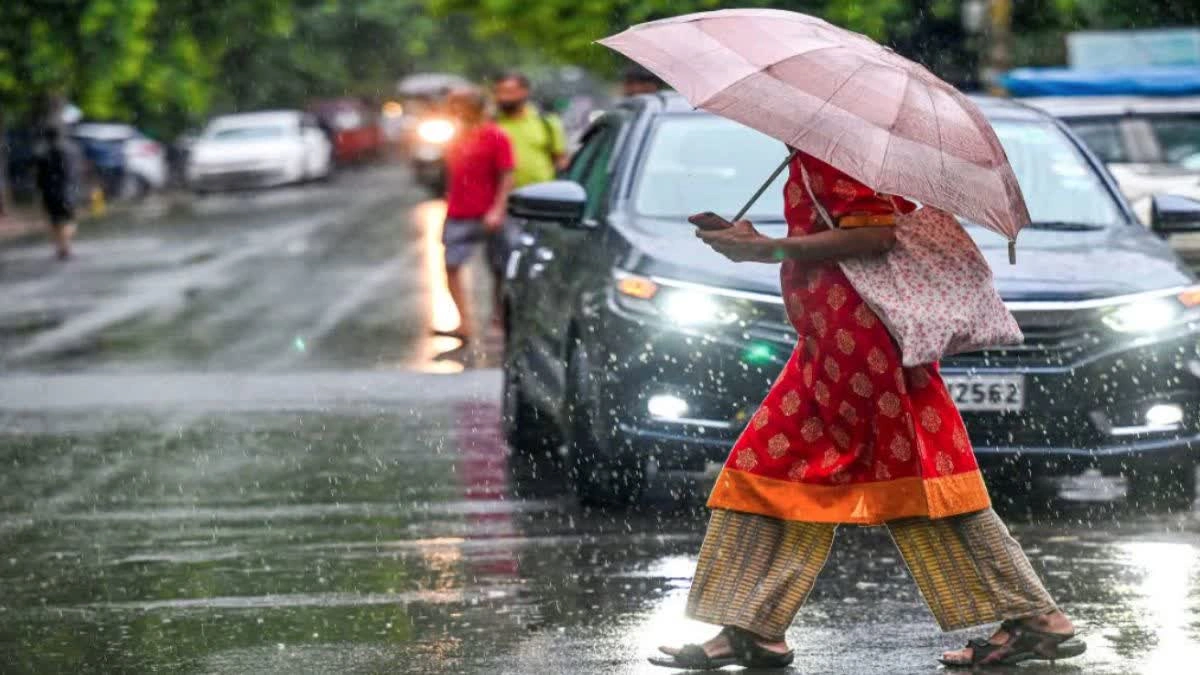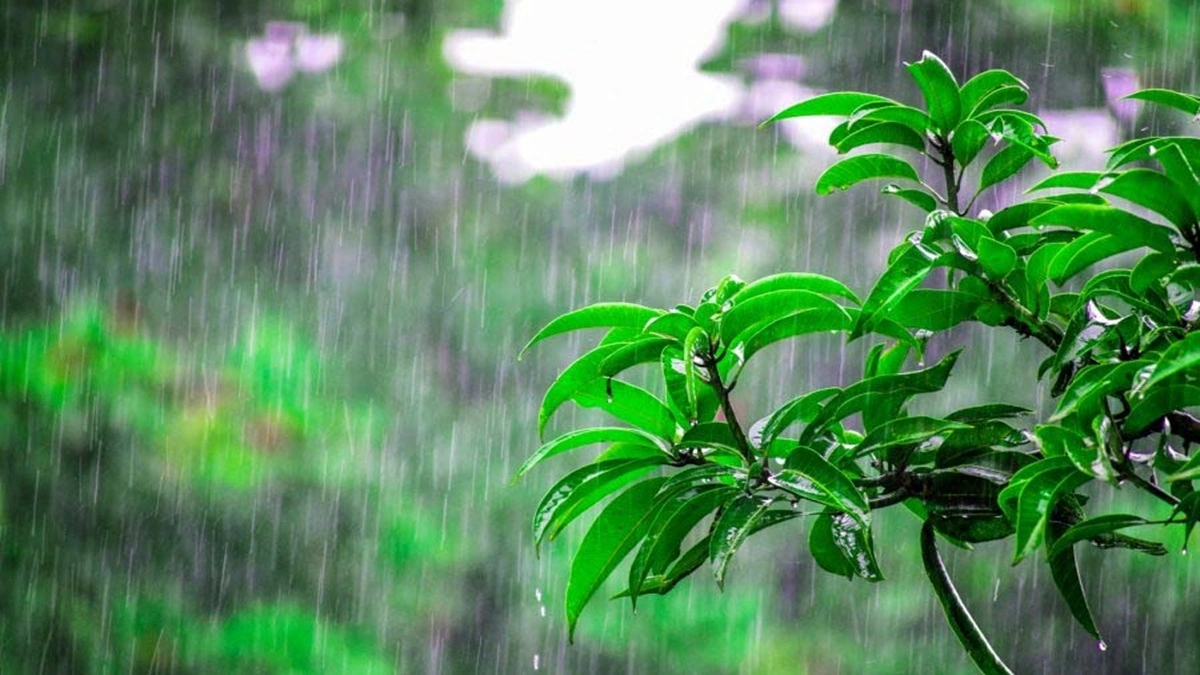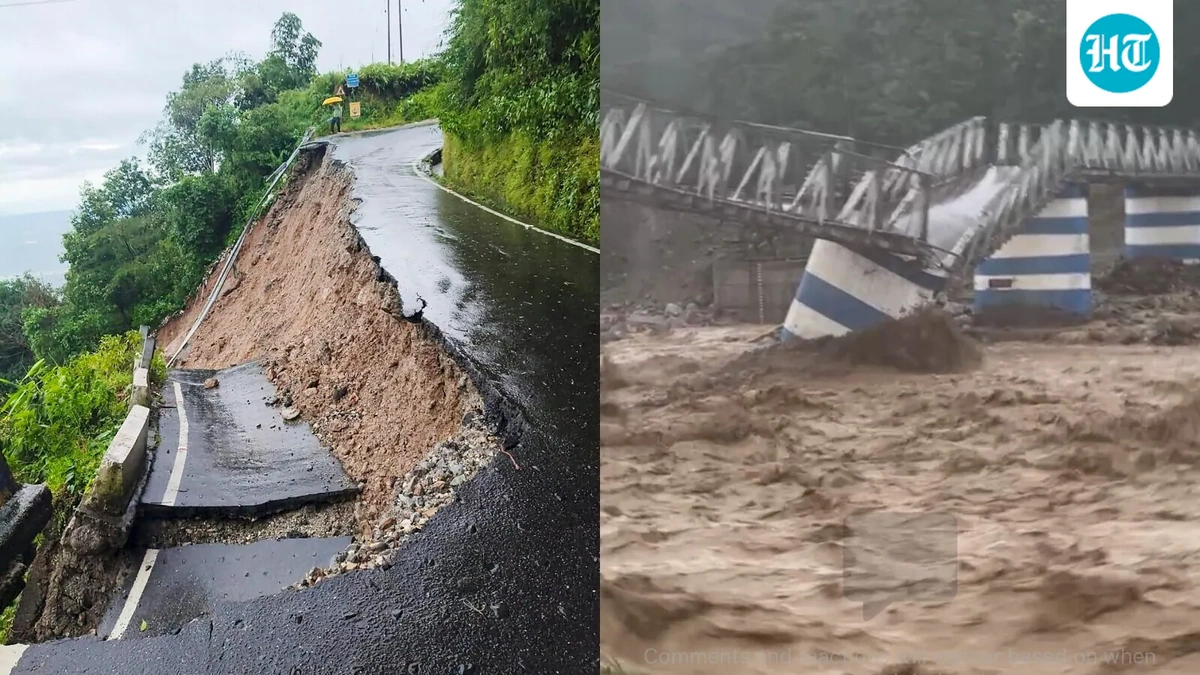Decoding the Dance of Barish | More Than Just Raindrops
Ever felt that sudden shift in the air? That electric buzz just before the first barish hits ? It’s more than just a change in weather; it’s a cultural heartbeat for us in India. But what is it about the monsoons, about the rainy season, that holds such a grip on our collective imagination?
The ‘Why’ Behind the Water: Understanding Barish’s Significance
See, it’s easy to say “India loves rain.” But that’s like saying the sky is blue. It misses the nuances, the why behind the connection. India’s relationship with the monsoon isn’t just about escaping the summer heat (though that’s a definite perk!). It’s deeply intertwined with agriculture, economy, and even our spiritual well-being. Think about it: a good monsoon season translates directly to a bountiful harvest. And a bountiful harvest? That means food security and economic prosperity for millions. It’s not just rain; it’s life.
According to the Indian Meteorological Department (IMD), the timing and intensity of the monsoon are crucial for predicting crop yields. A delayed or deficient monsoon can send ripples through the entire economy. And that’s why, even today, farmers anxiously watch the skies, relying on both traditional knowledge and modern forecasts to gauge the arrival of monsoon.
But beyond the practical aspects, heavy rainfall is deeply ingrained in our cultural narrative. Think of the songs, the dances, the festivals—so many are centered around the monsoon. It’s a time of renewal, of washing away the old and welcoming the new. It’s a feeling you can’t quite put into words, but you know it when you feel it. Let’s be honest, who hasn’t felt a sense of childlike joy dancing in the rain?
Navigating the Downpour: A Practical Guide to Barish
Okay, so we understand why the rain is important. But let’s get practical. How do we actually deal with the torrential rain? I mean, beyond just grabbing an umbrella. A common mistake I see people make is not preparing their homes. Before the monsoon hits, inspect your roof for leaks, clear your drainage systems, and make sure your electrical wiring is properly insulated. Trust me, a little preventative maintenance can save you a lot of headaches later.
And speaking of safety, remember to drive cautiously during heavy rainfall. Visibility can be significantly reduced, and roads can become slippery. Maintain a safe following distance, and avoid driving through flooded areas. It’s always better to be safe than sorry. Check traffic advisories. And what fascinates me is that this is the time when we need a reliable raincoat. Check all the closures and be safe. Also, carry important documents in waterproof bags.
So, as per the guidelines mentioned in disaster management, ensure you have an emergency kit stocked with essentials like food, water, and first-aid supplies. And if you live in an area prone to flooding, consider investing in a water pump. Because you never know when you might need it.
The Emotional Rollercoaster: Riding the Barish Wave
The thing about the monsoon showers is that they evoke a range of emotions, don’t they? From the joy of the first drops to the frustration of flooded streets, it’s an emotional rollercoaster. But there’s something undeniably romantic about it too. Think of the cozy evenings spent sipping chai, watching the rain lash against the windows. Or the earthy smell of the soil after the first downpour. It’s pure bliss.
And let’s not forget the power of the barish ka pani to connect us. Whether it’s sharing an umbrella with a stranger or helping a neighbor clear a flooded street, the monsoon often brings out the best in us. It reminds us that we’re all in this together, facing the same challenges and celebrating the same joys.
That said, it’s also a time of heightened anxiety for many. The fear of landslides, the disruption of daily life, the potential for waterborne diseases—these are real concerns that shouldn’t be dismissed. It’s important to acknowledge these anxieties and take steps to mitigate the risks. It builds immense trust and we can all be safe together with these 5 important steps.
The Lingering Aroma of Petrichor
Ah, the lingering aroma of petrichor! That earthy scent that rises from the ground after the first rain – a smell that is uniquely Indian, uniquely barish. It’s a sensory experience that connects us to the land, to our roots. It’s a reminder of the cyclical nature of life, of the constant renewal that the monsoon brings.
So, the next time you experience the season’s rainfall, take a moment to appreciate it for all that it is: a lifeline, a cultural touchstone, and an emotional force. It’s more than just rain; it’s the very essence of India. The impact on our education is immense.
FAQ About Barish
Frequently Asked Questions

What if I forgot my umbrella during unexpected showers?
That’s a classic! Duck into the nearest shop or find a covered area. Many street vendors sell umbrellas during the monsoon. Or, embrace the rain – just be sure to dry off quickly to avoid catching a cold.
How can I stay safe from waterborne diseases during the monsoon?
Drink boiled or purified water, avoid eating street food from questionable sources, and maintain good hygiene practices. Mosquito repellent is also your friend!
Is it true that the monsoon is becoming more unpredictable?
Unfortunately, yes. Climate change is impacting weather patterns worldwide, including the monsoon. This makes accurate forecasting even more critical.
What’s the best way to enjoy the monsoon without getting drenched?
Find a cozy spot with a view, grab a cup of chai, and watch the rain from a safe distance. Or, if you’re feeling adventurous, put on your raincoat and go for a walk!
What is the impact of climate change?
Climate change impacts our weather patterns that has increased global warming. This leads to unpredictable weather conditions that can cause natural disasters and food shortages.













